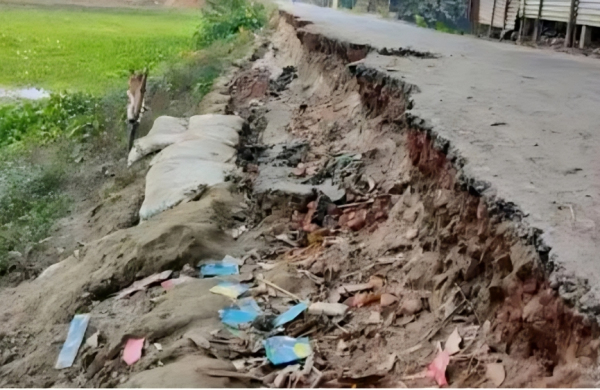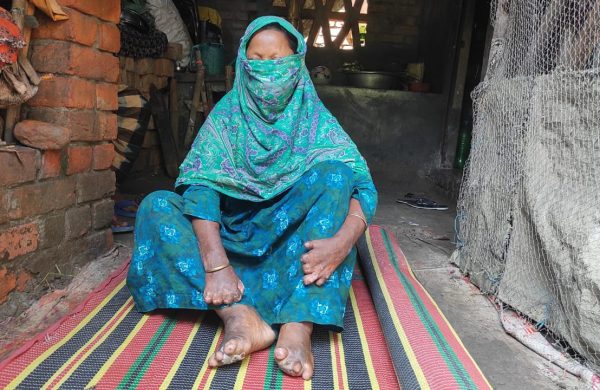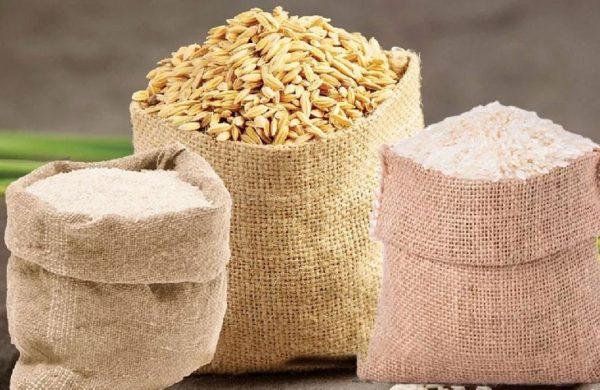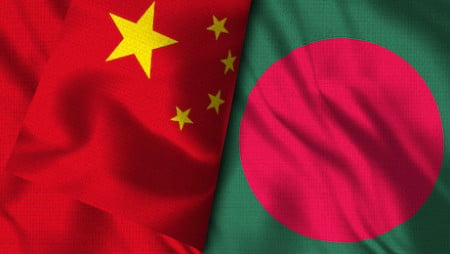Manufacturing Garments in US Can Be a Concern for Bangladesh
- Update Time : Tuesday, January 14, 2025

—Nironjan Roy—
One and half decades ago, domestic apparel made in China and Bangladesh was displayed and sold in retail stores in the USA and Canada. Gradually, items manufactured in Vietnam, India and Indonesia started flooding the stores’ aisles. Now new trend has started as retail stores in North America, especially in the USA, have started selling locally manufactured attires.
The USA is the largest market in the world flooded with very low-cost domestic apparel mostly imported from developing countries, particularly Bangladesh, China, Vietnam and India. Very insignificant quantities of readymade garments, which are sold in the US market, are manufactured in America. Local media report reveals that in 2023, less than 4% of readymade garments sold in America were locally manufactured.
President-elect Donald Trump’s tariff war may encourage American businessmen to establish many manufacturing facilities in the USA where possible. Besides, the USA has started receiving immense benefits from the massive automation of many manufacturing plants engaged in producing consumer items. Some sectors have taken the initiative of bringing back the production base in the USA with large-scale automation. However, the garment sector was lagging, because entrepreneurs were not sure about selling entire outputs produced from automated production centre. This impediment has now been removed as manufacturers have started receiving preorders from selective retailers with guaranteed sales of minimum quantity. As a pioneer retailer in the USA and Canada, Walmart has made its first breakthrough by placing orders with guaranteed purchases of minimum quantity.
As reported in the media, in 2013, Walmart first adopted its goal of procuring more items made, grown and assembled in the USA. Walmart did not confine this indigenous merchandising policy within the USA, instead adopted the strategy of using locally produced goods in the market wherever it operates. The underlying objective is to support local businesses and the economy. Local media reports that Walmart has increased its goal in 2021 and committed to spend billions more each year till 2030.
In line with Walmart and other retailers’ goals of promoting local business and supporting the economy, many manufacturers have come forward to set up the production base with a fully automated system. American Giant is one of such manufacturers, which achieved rapid success. Walmart made an agreement with American Giant with the guaranteed purchase of a predetermined number of shirts over time, which encourages American Giant to make good investments in automation. For Walmart, American Giant started producing premium products labeled “made in America”. Since Walmart operates in the mass market and internationally, their predetermined purchase order came as a great breakthrough for resorting to large-scale production of T-shirts and other domestically usable apparel.
It is obvious that manufacturing apparel, particularly T-shirts in the USA, is not an easy task. Most American retailers follow a strict policy of using “American Made” or using American flags on products, only when they are fully manufactured in the USA. In compliance with this strict criterion, American Giant has set up a full-scale production cycle in its manufacturing plant. This company buys yarn grown, spun, dyed and sewed in the USA. They have also established their own cutting and sewing facilities in different cities.
Unlike other industries, garment manufacturing cannot be completely automated as some works viz. sewing always require human skill. In the USA, labour cost is very expensive, and the minimum wage is very high compared to developing countries. Standard, regulation, insurance and compliance are other major impediments in maintaining large-scale production involving human labour. Therefore, despite the high tariff and other restrictive measures by Trump in his first term and to some extent followed by the Biden administration to bring back manufacturing units, 23 textile plants have been closed in the USA during the last two years.
Nevertheless, a new trend of producing consumer items, including domestic apparel, in the local market will continue and gradually gain popularity due to the changing scenario. Trump’s slogan “Making America Great Again” is encouraging businessmen to set up manufacturing plants. The other factor is that Trump’s high tariff may make the import very costly, while the use of technology and automation has made manufacturing easy with reasonably lower cost, offering companies to go for local production.
The success of American Giant in producing low-cost apparel for selling to the large retailers of the domestic market has encouraged many entrepreneurs to follow it. At the same time, having been inspired by Walmart’s strategy of promoting local businesses, many brand retailers have reportedly contacted American Giant and other local manufacturers to procure local products. If this new strategy continues and gets momentum, many garment manufacturing facilities may develop in the USA and other developed countries. Consequently, countries heavily dependent on garments export for their foreign currency may be badly impacted in future.
Bangladesh may also face this adverse consequence arising out of a dramatic shift in the supply chain. Of course, the severity of this change will not be felt within one or two years. However, when felt, its pain will be unbearable. In order to cope with the changing production dynamism of apparel, the readymade garment industry needs to carefully review the evolving situation and develop the strategy accordingly. The measures that may be taken into consideration should include (I) undertaking complete automation with a technology-based production plant, (II) developing a new pricing strategy so as to keep it always well below US production cost, (III) introducing sale and return policy with the option of redirecting / reselling returned items to other nearby market viz. Latin America or Africa, (IV) establishing a joint venture involving American investors preferably Bangladeshi Americans and (V) if possible, maintaining an assembling plant in the USA where manufacturing items can be shipped and assembled for direct supply to the retailers.
___________________________________
The writer is a certified anti-money laundering specialist and banker based in Toronto, Canada.
Email: [email protected]



















